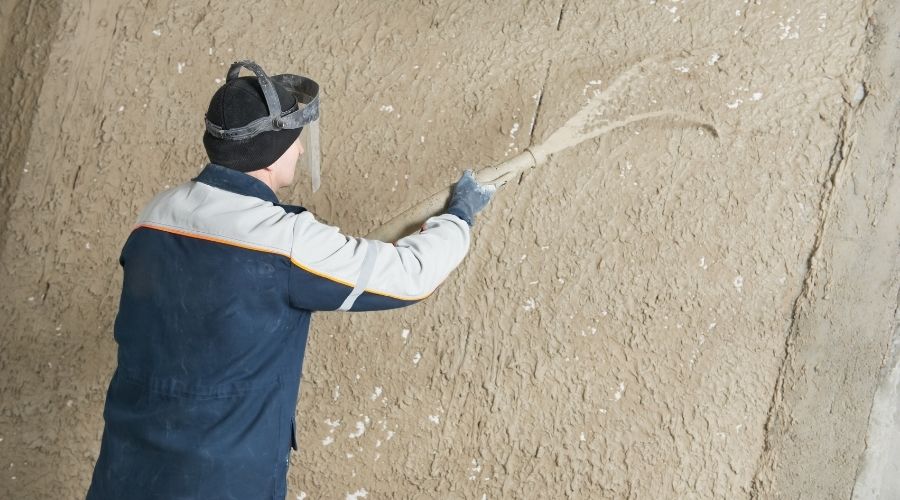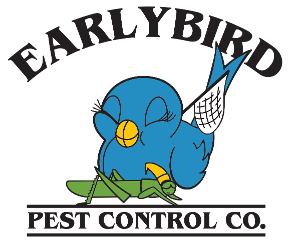Can Pests Harm Stucco Walls? Stucco is a material made from cement and plaster on a building’s exterior and interior walls and surfaces. The material combines sand, cement, and lime that harden over time, making it durable with little maintenance cost. Stucco is similar to traditional decorative plaster, which can be brushed, troweled, or textured to have a finish and reinforcing effects.
The materials are usually plastered to a galvanized wire mesh called lath. The lath is designed to assist the stucco in forming a solid structure while assembled. Stucco is usually an on-site job and applied in three coats. The material is durable and fixed to protect your home from pests as well as harsh conditions for many years. The material makes it impossible for pests to infest your home as they cannot chew through the final product’s texture. It takes 21 days for a stucco material to reach its full potential and takes years to diminish. Here are some areas pests get into stucco walls
ISSUES WITH STUCCO
Cracks: Pest cannot get through stucco, but the unfortunate incident of cracks can encourage pest infestation on your property. These cracks result from building settling or direct damage caused to the exterior part of the material. The breach in compaction allows water to pass through, clearing the coating resulting in buckle and crumble of the stucco plastered on the wall.
The wood used alongside stucco may absorb ground-level moisture, becoming a significant problem for the design. Moisture can also affect other components in stucco composition, such as brick and stone. Damage to this material results in infiltration of pests decorating the finish. Pest crawls through the cracks into the material, especially tiny pests. Most stucco makes it easy for birds to peck on because of its soft and appealing nature. Mice also are a pest to watch out for as they bite through the stucco as a way to shape their dental.
Spray foam: Spray foam is another material commonly used for insulation inside walls of commercial and residential buildings. The material is fixed in the wall cavities, attics, and crawl spaces, encouraging pest infestation. The infestation is caused by moisture that has found its way to the spray foam undetected because of its insulation property. As time goes on, the wood rot and pests such as termites will infest the building through the rot. Home inspectors and pest management professionals have also discovered that spraying polyurethane foam (SPF) insulation can make pest infestation unnoticeable to owners.
Repairing Stucco
Stucco can be repaired, and the act is known as stucco remediation. Anyone can do the process with little knowledge of plastering. Most people could prepare to invite a stucco company to make this modification, but not all of these companies participate in removing and replacing the facade, not revamping the property.
The repairs are mostly along with the windows, gutters, flashing, doors, and cavities on the stucco wall. Moisture, incorrect installation, and inferior materials are major problems associated with stucco. Simply calling a company with no technical know-how on revamping stucco could add more damage to the material. Can Pests Harm Stucco Walls
More Tips for Homeowners:
-
- 4 Signs You Have Bed Bugs
- How to Get Rid of Cockroaches
- How to Get Rid of Rats
- How Do I Know if I Have a Scorpion Infestation?
- How Do I Know if I Have a Bee or Wasp Nest in My House?
- How Do You Know if You Have Mice or Rats?
- Do I Need a Professional to Remove Tarantulas?
- 5 Ways to Keep Pests out of the Office
- How Ants Ruin your Home
- Do Hornet’s Nest Smell?

Recent Comments